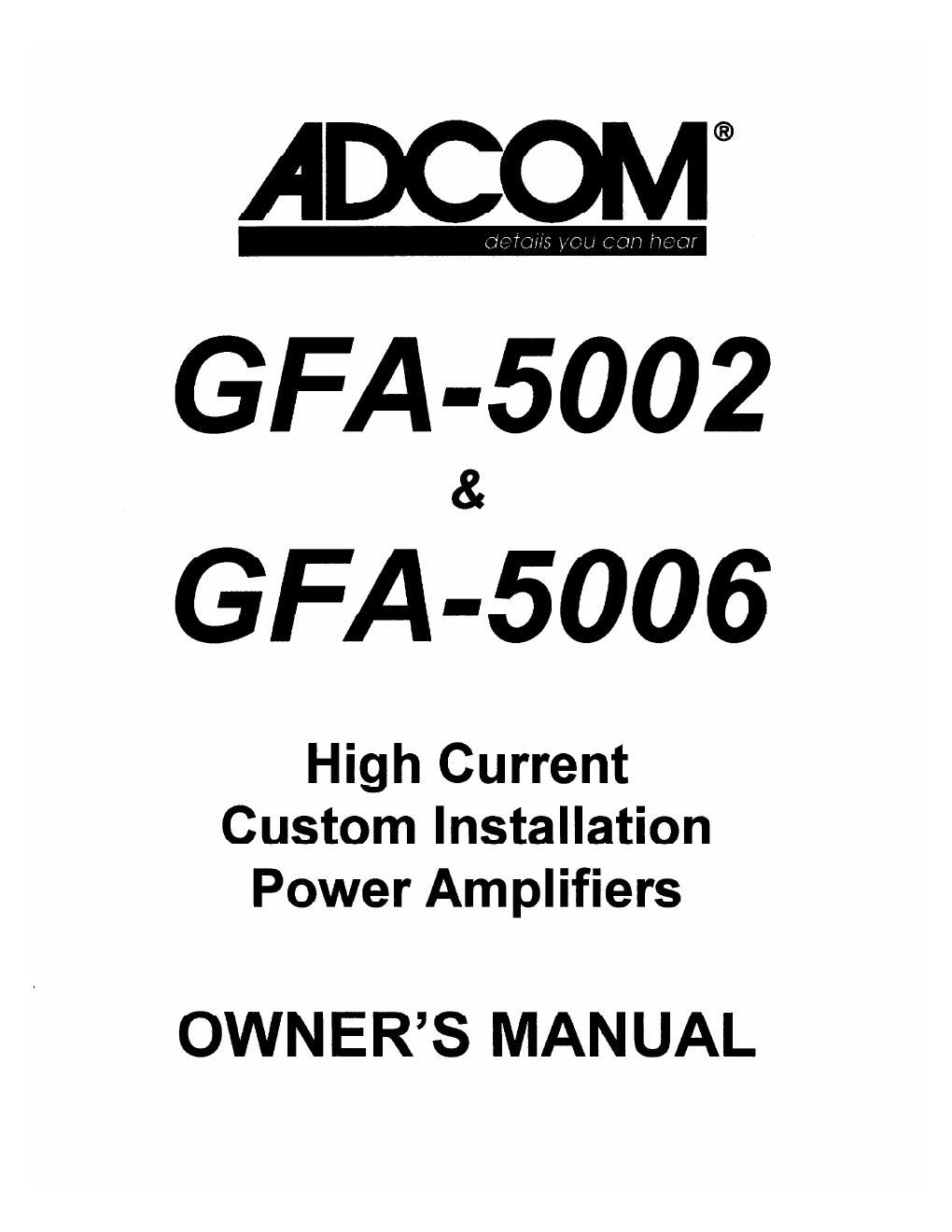Adcom gfa 5006 owners manual
This is the 16 pages manual for adcom gfa 5006 owners manual.
Read or download the pdf for free. If you want to contribute, please upload pdfs to audioservicemanuals.wetransfer.com.
Page: 1 / 16
